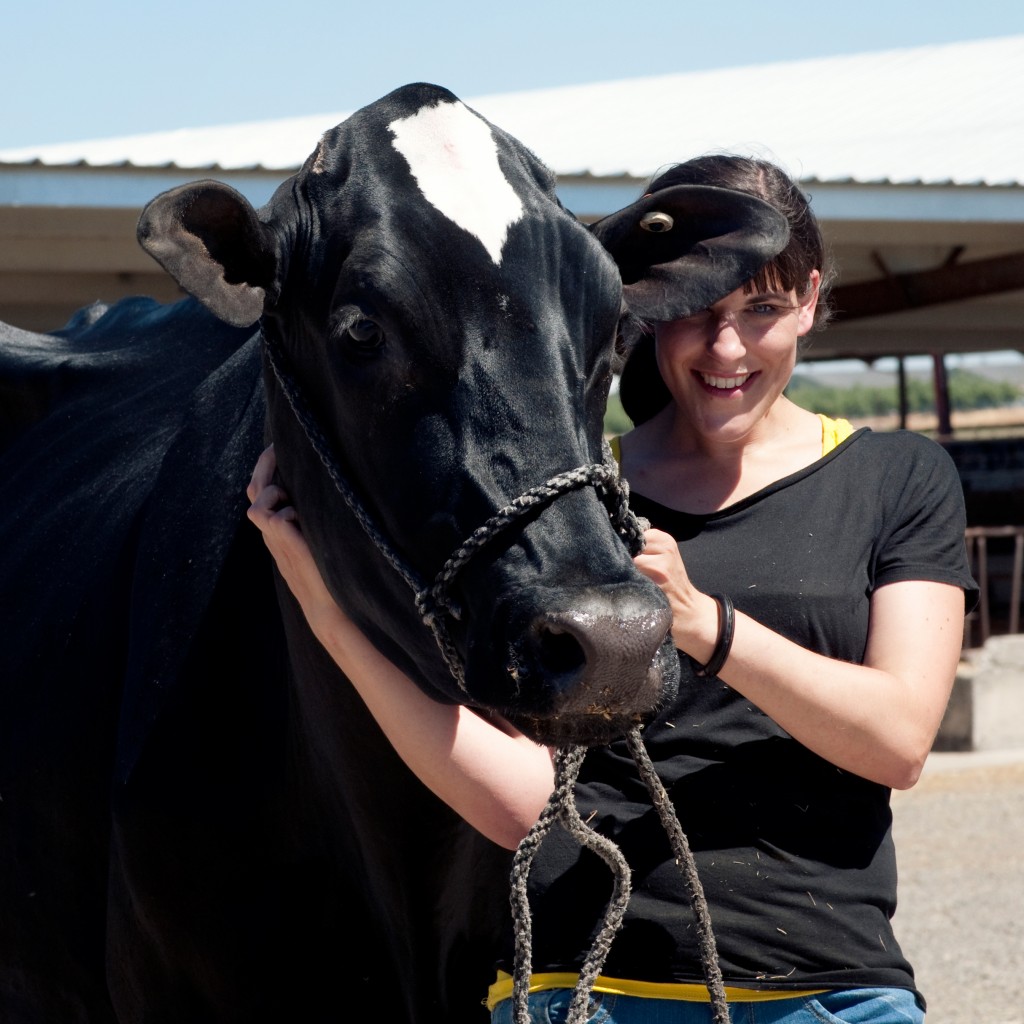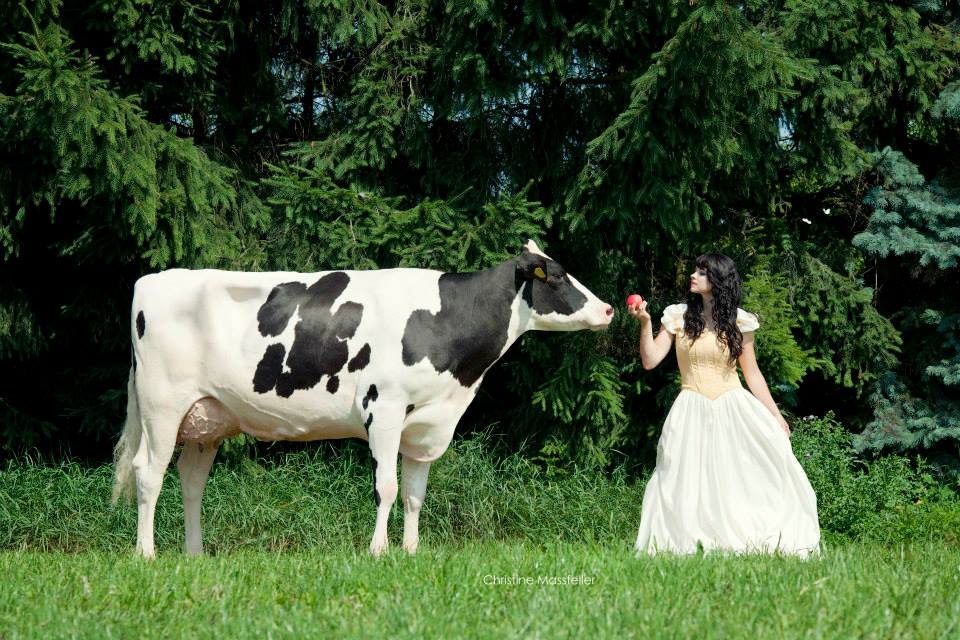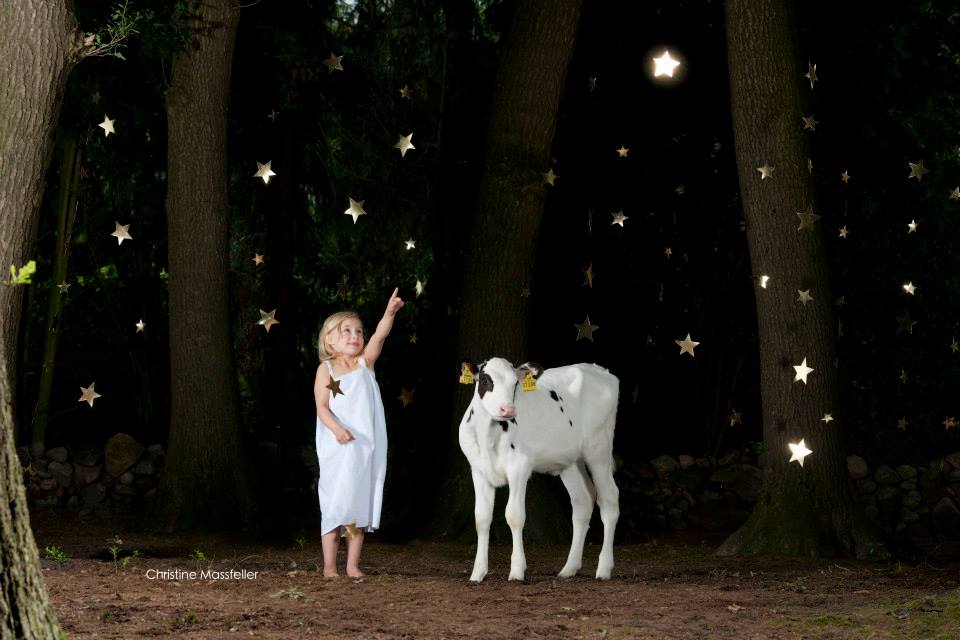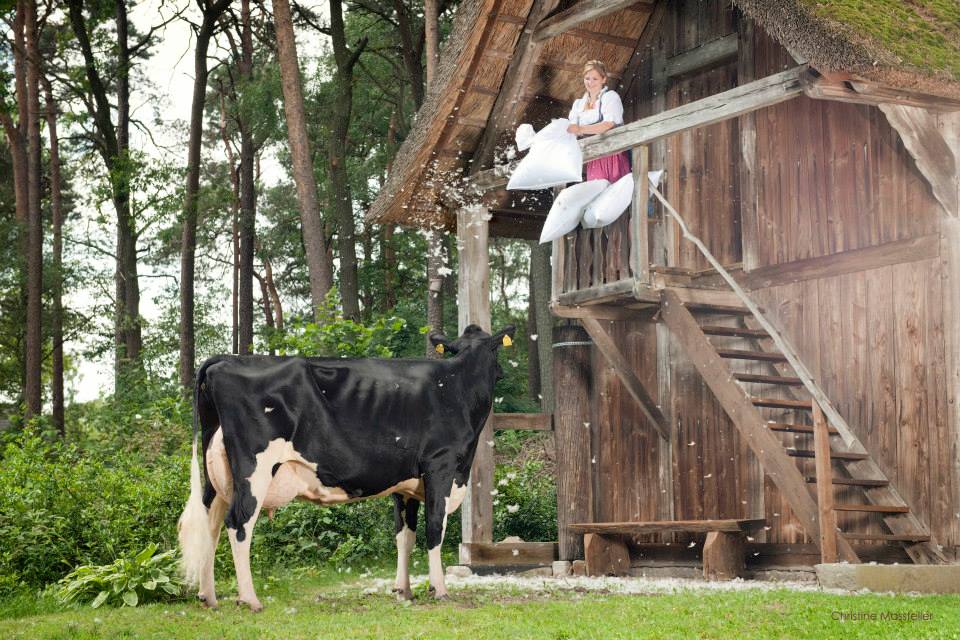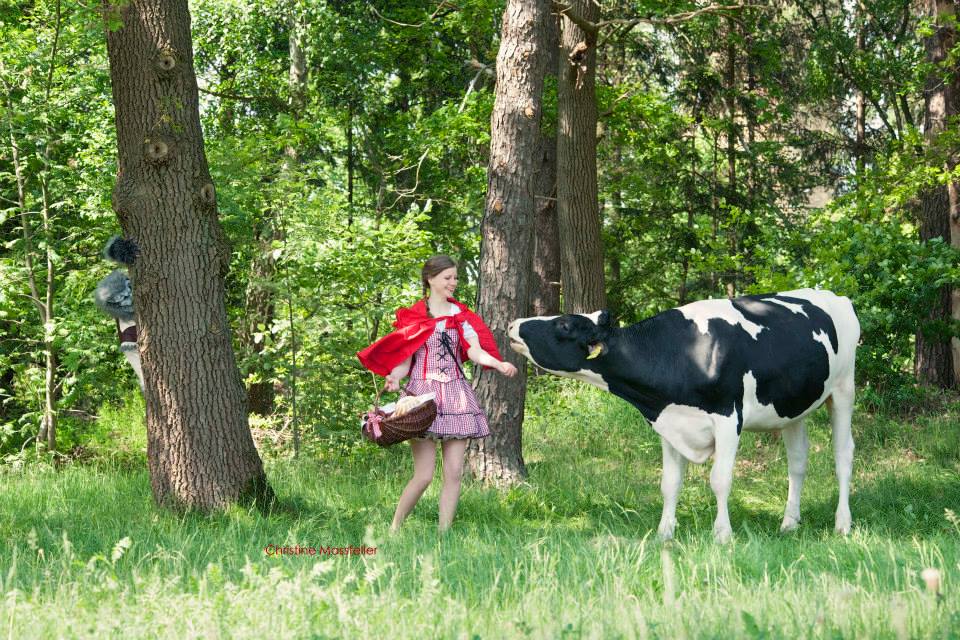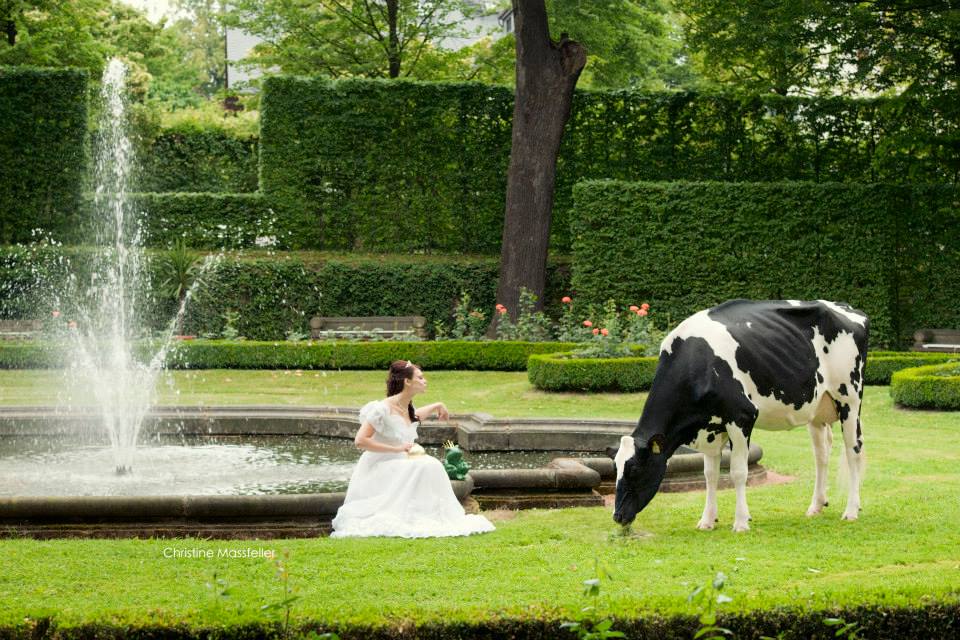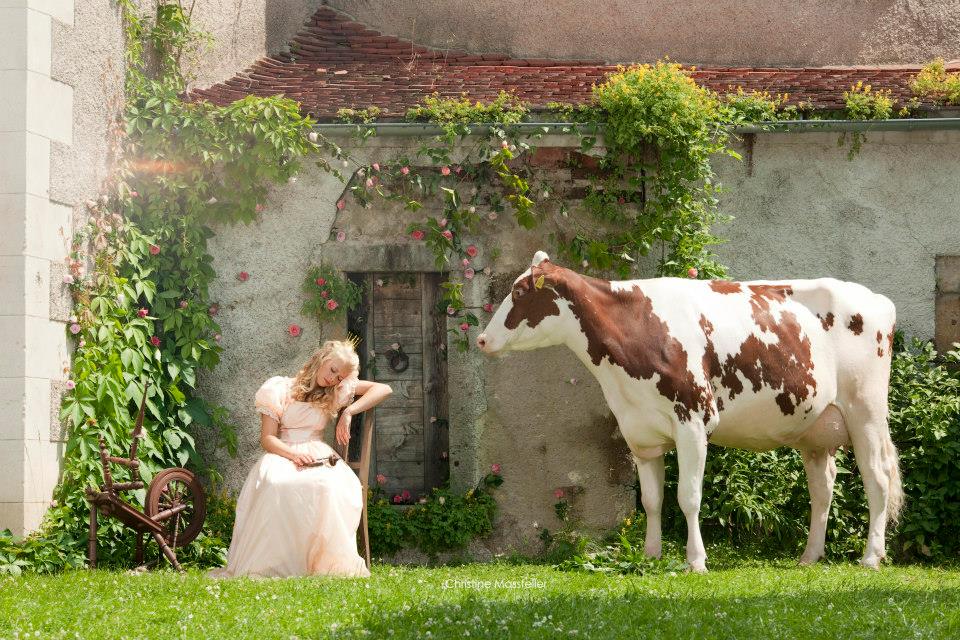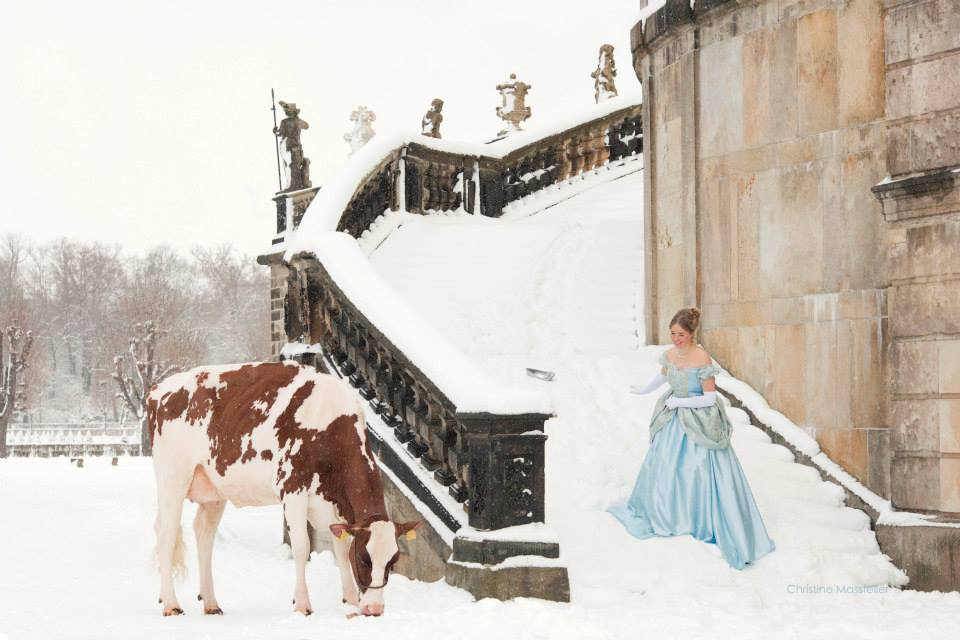Are you making these 5 common mistakes with your veterinarian? Learn how to improve your herd’s health and boost productivity with these actionable tips.
Did you know that a qualified veterinarian may boost your dairy farm’s output by up to 20%? Maintaining herd health entails more than just the occasional examination; it also involves establishing a strategic relationship that propels your whole company ahead. Collaboration between a dairy farmer and a veterinarian is critical to ensuring the health and well-being of your herd. However, many dairy farm owners unintentionally make errors jeopardizing this essential partnership. Addressing these frequent problems is critical for maximizing the advantages your veterinarian can provide.
Mistake 1: Infrequent Communication
When communication with your veterinarian is inconsistent, it may lead to significant gaps in herd health management. Missed health concerns are more probable because early indicators of sickness or suffering may go undetected, leading to more critical, more expensive problems. Furthermore, without regular updates, veterinarians may be unable to give targeted guidance, resulting in ineffective herd management measures.
To reduce these dangers, schedule frequent check-ins with your veterinarian. This may include planned visits, monthly reports, or even weekly phone conversations. Maintaining open communication channels ensures that you and your veterinarian are constantly updated and on the same page about your herd’s health and management strategy. This proactive approach not only aids in the early discovery of possible problems but also develops a more collaborative connection, which benefits your herd’s general health.
Mistake 2: Not Sharing Complete Information
Your veterinarian’s ability to offer sufficient treatment greatly depends on the information you supply. Overlooking facts regarding your herd’s health, food, and surroundings might result in incorrect diagnoses or insufficient treatment approaches. Comprehensive records provide a clear picture and enable your veterinarian to make educated choices consistent with your farm’s objectives.
Detailed record-keeping is critical. Monitor feed quality, diet modifications, and oscillations in milk output. Similarly, keeping track of health episodes, symptoms, and treatments might reveal patterns that otherwise go undiscovered. Transparency regarding minor concerns or significant changes allows your veterinarian to customize recommendations to your individual needs.
Remember that this alliance relies on open communication. Expressing even modest concerns and providing detailed information fosters a proactive attitude to herd health. This teamwork will eventually improve your herd’s performance and well-being.
Mistake 3: Ignoring Preventative Care
Preventative care is the underappreciated hero of cattle management. Ignoring this critical component might result in expensive blunders that harm your herd’s health and bottom line. Regular immunizations and health checks are essential to ensure your animals’ well-being.
Benefits of Preventative Care
- Reduced Disease Incidence: Vaccinations and regular check-ups help avoid epidemics that might wipe out your herd.
- Lower Long-term Costs: Disease prevention is typically more cost-effective than treatment. Investing in preventive measures allows you to avoid costly treatments and lost productivity.
- Improved Reproductive Success: Disease prevention is typically more cost-effective than treatment. Investing in preventive measures allows you to avoid costly treatments and lost productivity.
- Enhanced Animal Welfare: Maintaining a healthy herd from the start lowers pain and enhances the overall well-being of your animals.
Scheduling Tips
- Create a Calendar: Work with your veterinarian to create a vaccine and health screening regimen. Mark these dates on a calendar accessible to all farm personnel.
- Combine Tasks: Combine immunizations with other standard treatments, such as reproductive checkups. This reduces stress for the animals and saves time.
- Seasonal Checks: Schedule extra health exams during high-risk seasons, such as spring and autumn, when illnesses are more common.
Collaboration with Your Veterinarian
- Regular Consultations: Schedule monthly meetings with your veterinarian to assess your herd’s health and adapt the preventive care strategy.
- Customized Plans: Work together to develop a strategy that meets your herd’s requirements and problems, considering age, breed, and previous health difficulties.
- Compliance Follow-ups: Ensure all farm personnel understand and adhere to the preventive care strategy. Review compliance regularly and correct any inadequacies as soon as possible.
Prioritizing preventive care and working with your veterinarian may protect your herd from possible health concerns while ensuring a flourishing, profitable farm.
Mistake 4: Overlooking Training and Education
One crucial error often unreported is the absence of ongoing training and instruction for dairy farm owners and staff. Maintaining the most recent innovations and best practices is critical for a successful organization. Regular attendance at seminars, webinars, and training sessions led by veterinarians may give vital insights into new procedures and approaches. This continual education improves your team’s skills and knowledge and guarantees that everyone understands animal health and farm efficiency.
Participating in these educational opportunities may promote a culture of constant development and adaptation. This proactive strategy may substantially influence your dairy farm’s overall performance and sustainability, making any investment in education worthwhile.
Mistake 5: Focusing Only on Emergencies
Relying only on your veterinarian for emergency care might lead to more significant expenditures and fewer effective results. While emergency calls are essential, they should not be the exclusive focus of your herd health plan. Addressing simply the symptoms without addressing the underlying causes might result in reoccurring difficulties, more stress for your animals, and, eventually, higher financial and emotional expenses for you.
A proactive approach to herd health includes frequent check-ups and preventative treatment, which may help uncover problems before they become crises. Integrating your veterinarian into your long-term management strategy may result in a more sustainable and profitable organization.
Here are some ways to incorporate your veterinarian proactively:
- Routine Health Check-ups: Schedule frequent inspections to assess general herd health, detect early symptoms of illness, and change management strategies.
- Vaccination and Nutrition Programs: Collaborate with your veterinarian to create and execute immunization schedules and personalized dietary regimens that improve immunity and general health.
- Health Records and Data Analysis: Keep meticulous health records and utilize data analytics to uncover patterns and opportunities for improvement. Share this information with your veterinarian to make better-educated decisions.
- Training and Education: Continue to educate yourself and your team on the most recent best practices in animal care and herd management via training programs given or suggested by your veterinarian.
- Open Communication: Maintain open lines of contact with your veterinarian to address problems, exchange observations, and seek advice on long-term strategy.
Fostering a collaborative relationship with your veterinarian and focusing on preventative care may benefit your herd’s health, increase production, and lessen the probability of expensive crises.
The Bottom Line
Effective herd management relies on a proactive, well-communicated partnership with your veterinarian; missteps such as infrequent communication, withholding information, neglecting preventive care, bypassing training opportunities, and focusing solely on emergencies can undermine herd health and profitability—take actionable steps today: schedule regular meetings, share comprehensive health data, invest in preventive measures, embrace ongoing education, and consult your veterinarian.
Summary: Engaging with your veterinarian more frequently can significantly enhance your herd management. Ensure complete and transparent communication to get accurate advice and timely interventions. Embrace preventative care and ongoing education to dodge common pitfalls and improve overall livestock health. Remember, it’s not only about emergencies; a proactive approach can save both time and resources in the long run. Ultimately, fostering a respectful and informed partnership with your vet can lead to substantial benefits for your dairy farm. Furthermore, sharing comprehensive information allows customized recommendations, reducing disease incidence, lowering long-term costs, improving reproductive success, and enhancing overall animal welfare.
- Frequent engagement with your veterinarian boosts herd management effectiveness.
- Maintaining transparent communication ensures accurate advice and timely help.
- Emphasizing preventative care prevents common issues and enhances livestock health.
- Ongoing education can help avoid pitfalls and improve farm performance.
- A proactive approach saves time and resources, beyond just handling emergencies.
- Collaborating respectfully and informatively with your vet can yield significant farm benefits.
- Sharing complete information with your vet allows for tailored recommendations.
- Effective vet collaboration reduces disease rates and enhances overall animal welfare.
- Proactive veterinary care lowers long-term costs and improves reproductive success.







